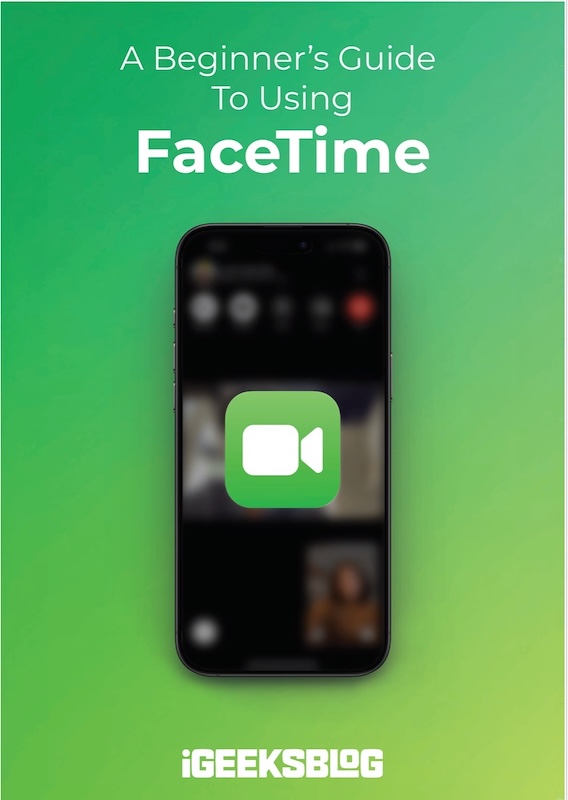
FaceTime Like a Pro
Get our exclusive Ultimate FaceTime Guide 📚 — absolutely FREE when you sign up for our newsletter below.

FaceTime Like a Pro
Get our exclusive Ultimate FaceTime Guide 📚 — absolutely FREE when you sign up for our newsletter below.
See how OpenAI’s new hardware ambitions, backed by former Apple experts, threaten to shift the landscape of AI consumer devices.
Apple is facing a problem it’s not used to: top employees are leaving for OpenAI. As the AI firm builds out its hardware division, it has hired long-time Apple veterans, signed contracts with Cupertino’s suppliers, and begun work on devices that closely resemble Apple’s own product categories. The overlap highlights how the fight over AI-driven hardware could reshape the industry.
OpenAI has been luring Apple employees with stock packages that can exceed a million dollars. The pitch is also about culture—fewer layers of approval, more freedom to take risks, and projects that feel ambitious rather than iterative. That message has struck a chord. So far in 2025, more than two dozen Apple employees have made the switch, roughly double the departures seen in 2024.
The list of names shows how deep the losses run. Cyrus Daniel Irani, who spent 15 years at Apple and helped design Siri’s signature waveform, is now at OpenAI. Erik de Jong, once a key figure in Apple Watch hardware, has also left. Matt Theobald, who logged 17 years in Apple’s manufacturing design group, is among the new hires as well. Much of the recruitment is led by Tang Tan, OpenAI’s hardware chief and a 25-year Apple veteran who was once known for turning Jony Ive’s early design sketches into production-ready devices.
People are not the only resource OpenAI is borrowing. The company has turned to Apple’s supply chain too. Luxshare, which assembles iPhones and AirPods, has reportedly signed on to produce at least one of OpenAI’s upcoming devices. Another Apple supplier, Goertek, has been approached for speaker components. For a company like Apple, supply chain trust takes decades to build, but OpenAI is trying to gain traction in under two years.
The product roadmap also feels familiar. OpenAI is said to be working on a screenless smart speaker, a pair of glasses, a digital voice recorder, and even a wearable pin. The company is targeting late 2026 or early 2027 for launch. Sam Altman has described the idea as an “AI companion,” a device that blends into everyday life with minimal screens and tight integration of OpenAI’s models. Internally, he has floated shipping as many as 100 million units by the end of 2026, a number that sounds ambitious given the challenges of scaling hardware.
OpenAI’s credibility in design got a major lift earlier this year with its $6.5 billion purchase of io Products, a startup founded by Jony Ive and Tang Tan. Ive continues to run his LoveFrom design studio but has been spending more time at OpenAI’s San Francisco offices, directly contributing to hardware efforts. For many former Apple staff, the chance to work with Ive and Tan again has been a strong incentive to leave.
Apple appears to be rattled by the departures. In August, the company abruptly canceled a high-profile executive offsite in China, reportedly worried that taking too many senior leaders away from Cupertino at once might accelerate the wave of defections. Leadership has been unsettled by both the pace of exits and the underlying frustrations within Apple around bureaucracy, slowing innovation, and stock performance that has underwhelmed compared to other tech giants.
The situation is awkward given that Apple and OpenAI are still partners. Apple licensed OpenAI’s models in 2024 to power Siri improvements and its Image Playground tool. Talks about even deeper Siri integration have continued. But at the same time, Apple is now working alongside a partner that is aggressively hiring away its top talent and tapping its carefully built supplier network.
The dynamic leaves Apple in a precarious spot: trying to advance AI features while watching its future rivals recruit from its own ranks. Whether Apple can slow the talent drain—or whether OpenAI can actually deliver on its hardware promises—remains unclear.
Would Apple losing more veterans to OpenAI change how you view the next wave of AI devices? Share your thoughts below.